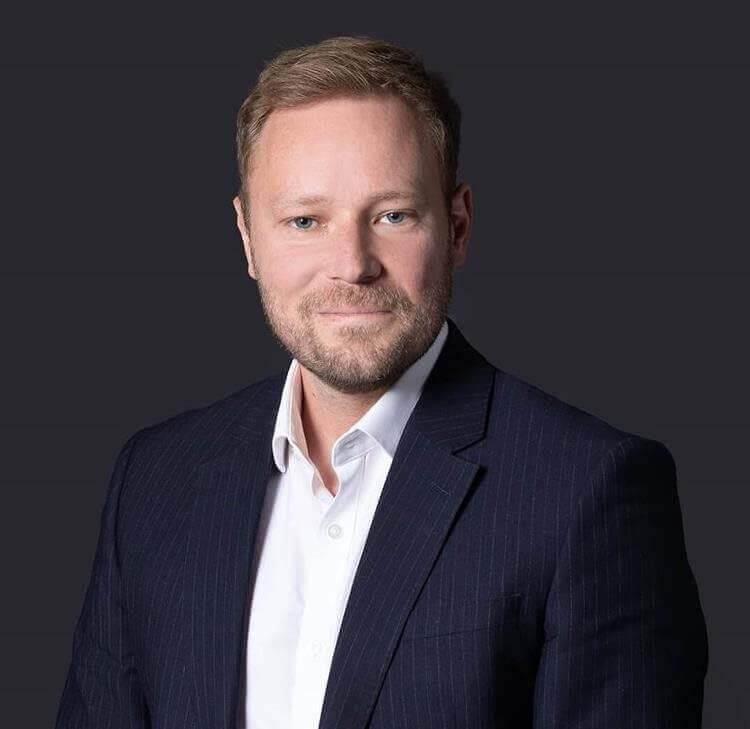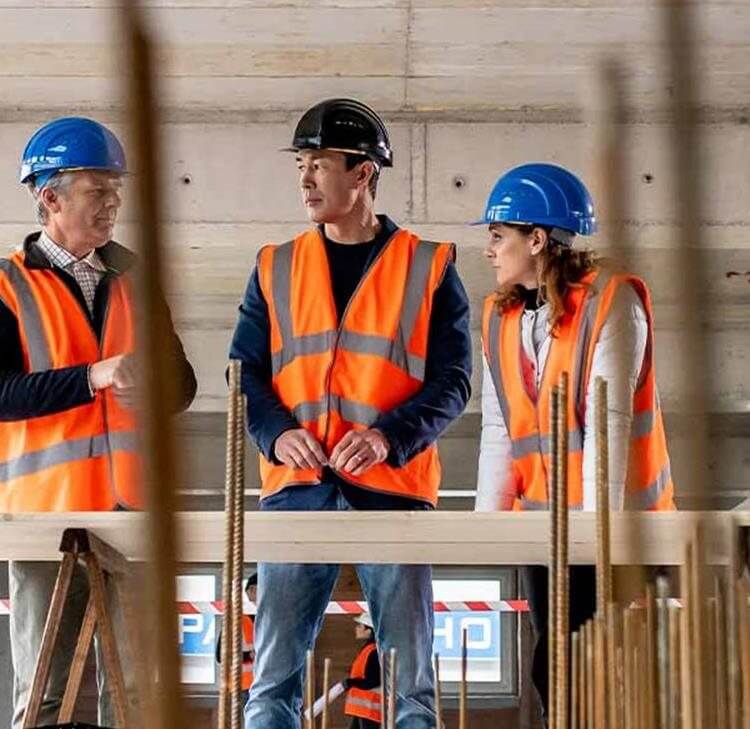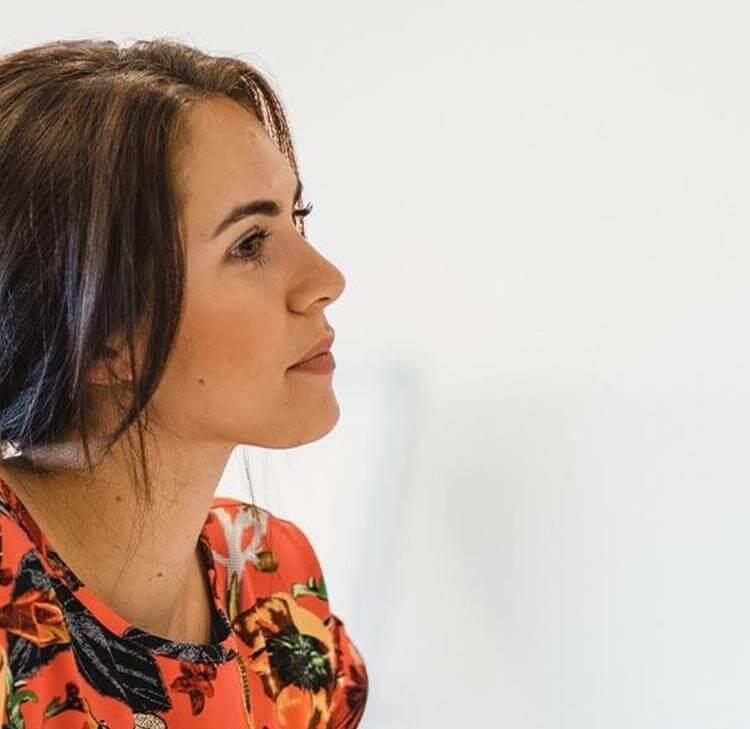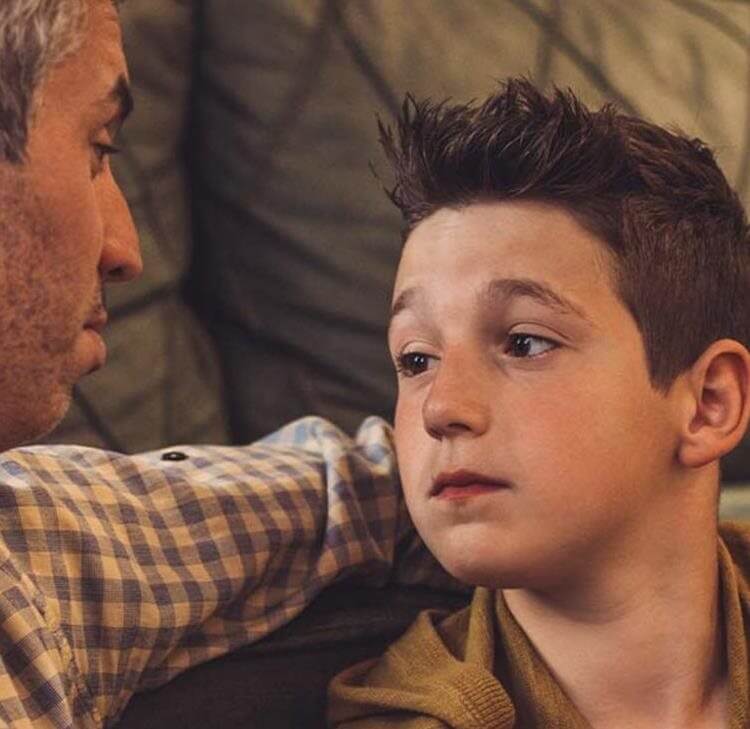Leading through change, a personal perspective
As we await the publication of the Government’s White Paper on local government reorganisation (LGR) it felt timely to reflect on the experiences of the previous Managing Partner (MP) of Browne Jacobson on leading an organisation through change.
This article is taken from April's public matters newsletter. Click here to view more articles from this issue.
As we await the publication (finally!) of the Government’s White Paper on local government reorganisation (LGR) it felt timely to reflect on the experiences of the previous Managing Partner (MP) of Browne Jacobson on leading an organisation through change.
In the 11 years that Iain Blatherwick was MP, Browne Jacobson experienced huge growth. That growth included moving from a regional to a national player, expanding into the North West and the South West and upgrading offices in Nottingham and London. A new strategy was launched in 2014 under the leadership of Iain and the then COO, Sarah Walker-Smith. During Iain’s third term as MP the time came for a new strategy and this time Iain had to plan both the strategy project and how to manage the handover to the next MP who would be delivering it.
For many local authorities, LGR brings a lot of uncertainty and while in a very different arena to a law firm, there is still much to be gained from hearing the experiences of someone who can look back to the time when they were at the reins and focus on what the business needed.
Anja: What are the fundamental building blocks for planning a strategy that will move an organisation in a new direction?
Iain: The planning is everything on this. Working out how your organisation is structured, who you are really going to have at the core of that process in designing what the future looks like, who you are going to consult through that process and how that consultation is going to be structured and who, ultimately, the future strategy will be delivered to. There are those different levels of involvement that you will have. Previous experience has taught me that sometimes you can be over ambitious in trying to consult with too broad a group and that can get very difficult. Be clear on who you are involving when and making sure that process is communicated to people.
The second part which hopefully we have got right this time is then having the plans in place to implement it, because being good at writing the strategy and actually making sure that you have got the various bits in place to deliver on what you are promising are very different. The danger is that your project plan gets you up to a launch but you also need to make sure you are developing the more detailed plans: who is leading on the individual component parts; what are they meant to deliver and by when; and have you got the resources to do it. Finding the balance between being ambitious but not having so many things starting at the same time that there wasn’t enough resource to actually deliver. So a key bit for me was that sense check: that what we were setting out to do was stretching but deliverable.
Anja: In terms of the leadership team that would be at the core as you have described, how does that core group decide what it’s going to look like in the future and how to get there?
Iain: In anticipation of change we don’t always as leaders make enough use of quieter times to look at your leadership team, to make sure they have evolved as times have changed. As the leader of your organisation you need to make sure you have got the right people around you. You want a diverse group of people and that is all kinds of diversity including thought. You also want people who are passionate about the organisation so there is that bit about the leadership team being made up of people who you want to spend time with because they have a desire to take things on. One of the things I have learnt since stepping down is that leaders don’t always look out for themselves. Part of that looking out for yourself is making sure that you have got people who give you energy, if you’ve got a group who isn’t driving forward with the same passion as you are that can be draining.
Finally, while not everyone will be thinking the same you need to know that when members of your team challenge, they will challenge in the right way. You need to have constructive challenge and you also need that diversity of thinking because there will be lots of different directions that an organisation can go and you really want to debate those opportunities. You can often anticipate what the more challenging decisions or debates are going to be and make sure you are prepared for those and how to handle them, who to involve in them, who to support through them.
Anja: In a situation like we have now with local authorities, there may be changes to the number of local politicians if local authorities come together. What would you say are the key elements of asking people to be involved in a change which may not take them down the route that they are expecting or ultimately they may not be in the position that they are in at the moment?
Iain: Again some of this comes back to planning, being clear of the role each party plays in the process and I include the public in this environment. Let’s deal with the internal bit first so in Browne Jacobson terms, the Executive is responsible for delivering, the Board is responsible for finalising the strategy and for oversight. You really want to be clear about the distinction between the roles that people or boards have got and clearly in our case then we had to take that out to a wider partnership and all the people that work at Browne Jacobson, so you have to be very clear at the start what everybody’s roles is, what is actually up for debate, what is the purpose of that bit of the process.
If there is a role for the public in that change process be clear what the role is: what they can engage in and what decisions have already been taken, what will be the parameters of that engagement. I don’t think anyone likes to feel that there was just the illusion of consultation so there should be honesty around the process.
Sometimes you will be asked questions which you don’t know the answer to, or you don’t know the answer to yet. There can be a temptation to brush over that for the moment but, especially when it is an unsettling process (in our case parts of the business felt threatened by the process), I think just being honest about whether any decisions have already been taken or when decisions will be taken and how people will be involved in that bit of the process is leadership. It isn’t easy because it might mean that people are still hanging on a bit, uncertain about their future but that is better than trying to fudge an answer or worse duck the question.
Anja: Moving on from that, one thing that is clear from any sort of government reorganisation is that the numbers of organisations are going to reduce and therefore the numbers of positions of leadership are going to reduce whether that is Chief Execs or Monitoring Officers etc. For some people who are leading on this change within the current organisations, they know that they won’t be there or they may not be there, in the new organisation when this reorganisation comes to fruition. In your case Iain, you were part of a team that knew that the Managing Partner would change during the implementation of the strategy so you were obviously setting it up for somebody else to carry on. So it would be really interesting to hear a bit about how or whether that changed your approach to it at all and how you did what you felt was right in setting it up in the best possible way for somebody else to carry on.
Iain: Yes, so there was a debate about whether it was right for me to be so actively involved in something which ultimately someone else would end up delivering but we did get agreement that that was the right way to go. For any new leader in an organisation I would recommend a period of time working out how everything works before setting on a new direction. Therefore, you have a choice of having something that is ready to go, put together by people who do understand how the organisation works and hopefully in which potential successors have input so that it is not going to be a complete diversion once someone is appointed. I think this was the right thing to do.
What I did learn though was uncertainty of who is leading can get quite distracting. It made it a lot easier in our case once we knew who was going to be succeeding me and that is no criticism of the other people that were involved. I just think if you have got a number of people running for a role who have got different ideas around an organisation that is a challenge to manage. I don’t think it hugely made a difference about the strategy that we were settling underneath it, it was just a distraction so I think being clear on or settling that as soon as possible would be recommended. Once the decision was taken it also meant my successor could get fully involved in settling the final strategy.
An understanding of what people’s aspirations are, even when knowing that they can’t all be met, would be key for those with oversight of the process. If you have got people who may be thinking that they might retire at the end of that process then it is helpful to know that, because that can help determine the part that they can play. If you have got people who are potentially competing for a role, again for the person with oversight clearly there would be energy and drive from those people but there is potential for competitiveness as well. Someone who has got that oversight role needs to understand what the aspirations are of the people who are involved in the project, so at least that can be managed and also if there are people competing for a role to be absolutely honest with them about how that process will be decided and how you expect them to behave in that intervening period, because it will be tough for the individuals when they don’t know what their future role will be.
I think the more there can be transparency about who is interested and how that is going to be resolved and the sooner it can be resolved the better. Clearly you also want to support those who aren’t successful through that process, so I think just being prepared for fallout and being prepared to support people is key. A lot of that is quite visible in organisations as well and I think it is good to be there to support people throughout it whether they are successful or not. That does mean you need someone quite diplomatic to oversee that process and to have those conversations with people and absolute honesty in that process does help.
Anja: Well diplomacy was definitely known to be one of your strong points, but not the only one. That leads me on quite neatly actually to a question around the next steps for some of those leaders. You have taken a lot of what you have learnt I think from your years leading Browne Jacobson and have decided to do something quite specific with that to feel that you are moving on in the best way. I think on the basis of what we have just said there will be a number of people who need to think about a different role for themselves either inside their organisation or not who I am sure they would find it very enlightening and probably reassuring to know that there are many options. So if you could just tell us a little bit about what your plans are at the moment, where you are getting to with those and why you decided that that was the route that you were going to take?
Iain: Yes, I would love to. So I was often been told I had a coaching style of leadership and I knew I wanted to make use of what I had learned over 11 years of leadership and make that available to clients, but it felt like I needed some kind of qualification alongside that. So I set off to become qualified as an executive coach, bit of a shock to the system to be back writing essays and making presentations and having assessed coaching sessions, but I am now qualified, I am now accredited and I have to say I absolutely love the work that I am doing.
It has brought home to me that I have been lucky in choosing to do something that I love and I have got to be honest, love it more than leadership. Which is interesting, because there is that sense when you step down from being Managing Partner, that you are on a bit of a downward slope, but that experience of leadership has enabled me to do something that I am passionate about. Therefore give some thought to what you want to do next by looking at which bits of the role you enjoy and which are the bits of the role that, while you can’t always give them up, you would give them up if you had a chance, and use that to help make your decision. Also chat to people that you know and trust around the organisation and outside as to what they think your skills and options are.
We don’t always know when ‘next’ is going to be, but at some point what is next will happen and it is good to have given some thought to that. I am actually now coaching some people who hadn’t really though this through and feel a bit lost in an organisation they once lead, so the more you can do about it now the better. I am very lucky that Browne Jacobson supported me in doing this. I think we can see that there is a role with our clients and just to be clear I am looking to coach externally rather than internally, coaching clients across all of our client markets.
My coaching is focussed on people who are in, or about to be in, leadership positions. I remember the times, I know it sounds a bit over dramatic to talk about the loneliness of a leader, but there are times when it can feel lonely. There are times when the burden can feel huge and actually you would just really relish that opportunity to speak to someone outside the organisation, who doesn’t know about the politics, who is not going to be judgemental and who will allow you to talk through those things that are concerning you and to help gives you that sense of perspective back about what you really need to prioritise on. So time and space is the phrase that I have been using, time and space away from your desk to step back and to make sure you are working to your full potential.
It is also around balance: the balance of the right mix of people you work with, the balance of things you are working on and the balance between work and home, to make sure there is enough there to give you the drive and energy to succeed. Are you surrounded by enough of those people? One of my tips to people who are new into leadership is, if you are doing any of your line management discussions have a bit of a check at the end of it who has got the longer ‘to do’ list. I was hopeless in the early days I would have a meeting and I would regularly end up with more jobs than the person that I was talking to! You will feel the need to know everything that is going on but the sooner you can trust and empower others and make sure people know the responsibility sits with them the better. Some of that has become more apparent since I have stepped down and through understanding true coaching conversations. But just taking that time to reflect on what you do and the people around you. Making sure you know those people so you can support them when they are having tough times as well.
All of these tips need a leader to find some time for themselves to step away from their desk to assess how things are going, my role is to help make sure they do that.
If you would like to talk to us about organisational change, leadership styles or any other issues that have come out of this article please give either Iain or Anja a call.
Contact

Mark Hickson
Head of Business Development
onlineteaminbox@brownejacobson.com
+44 (0)370 270 6000








































